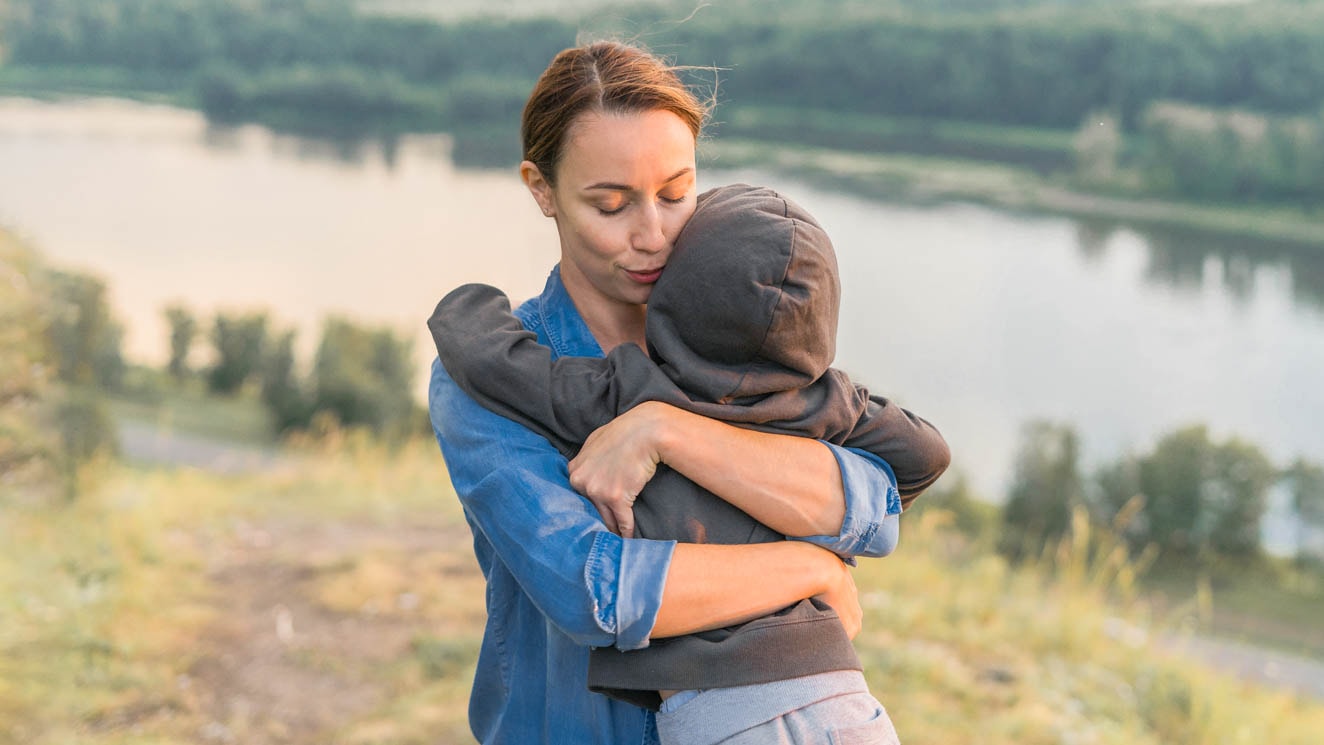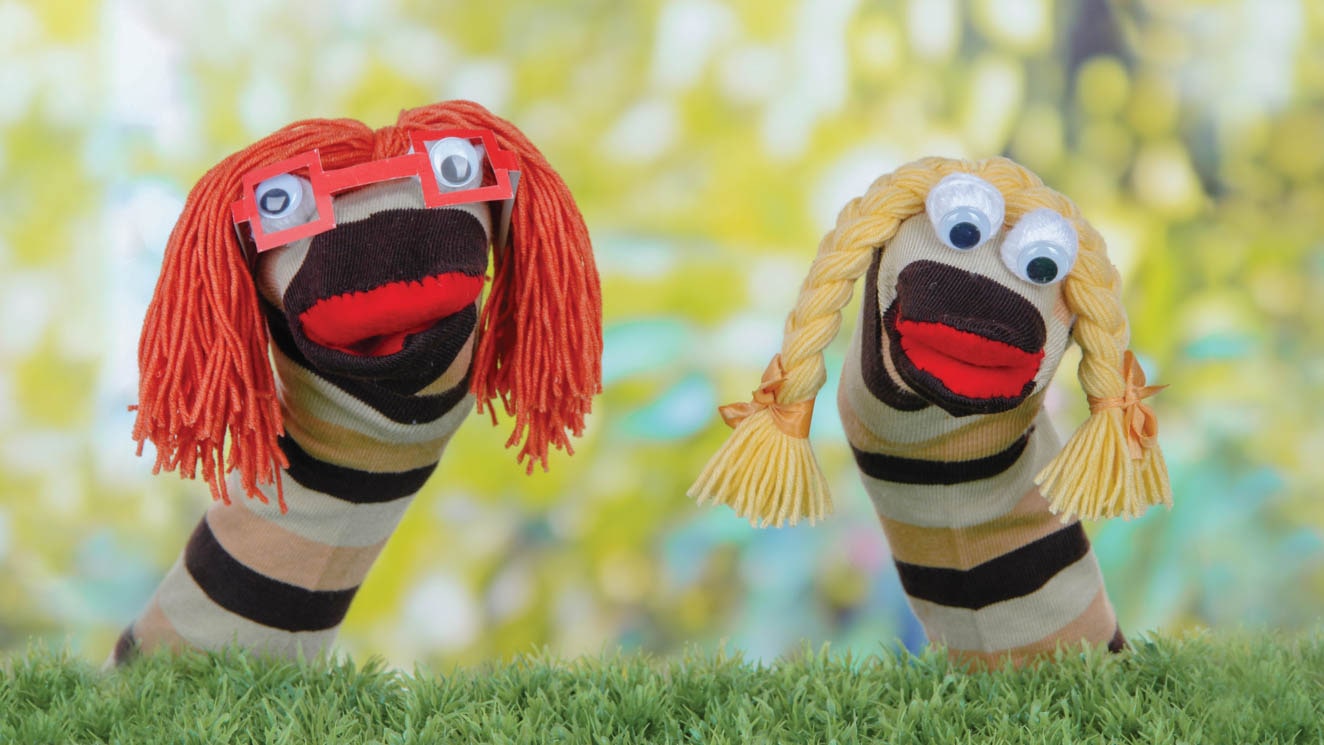

So much of the conversation lately has been about what a difficult time the past couple years have been for parents. And it has been. But we know our kids and teens are also struggling with mental health — and that it’s getting worse. We have to turn our attention to providing services and care for them, in every way possible. I spoke to Dr. Jane Rosen, PsyD, clinical child psychologist in Los Angeles and Director at the IKAR Early Childhood Center, for a little reality check on how our kids are doing, tips for helping them manage their big feelings (and our own!), and what on earth we should be telling them at times when the news swirling around is is unsettling and uncertain.
AR: I know I’m stressed, but is my kid really feeling stressed? Isn’t that an adult feeling?
JR: From toddlers on up, kids CAN and DO feel stress. They might not articulate it as such — and they might not, say, start drinking midday — but it most often arises when they have to adapt or change, like a big move or changing schools. We think of stress as bad, but, as a human species, we are hardwired for stress and struggle, meaning: we can absolutely handle it! When it becomes problematic is when it’s sustained over time and has to be integrated in ways kids don’t have the capacity to do.
AR: So how do I know if my kid is actually stressed? Obviously they aren’t going to go overspend on Amazon?
JR: Children might have decreased or increased appetite (think: eating mindlessly out of a bag of Fritos), headaches or tummy aches. Older kids may regress by wetting the bed, speaking in baby talk or crawling into bed with mom and dad. They might have sleep disturbances — sleeping too much or too little. The kid might not want to let you out of their sight, even if they are way past that age developmentally and have been with you all day. Siblings might be more aggressive with each other.
AR: What are some tools we can help teach our kids so they can learn to recognize and manage their own stress?
JR: There are a few key things we can do:
- Address the elephant in the room. That means saying “This situation that we’re in is not normal!” or “This violence going on is not normal! When we try to normalize or pretend, it always backfires. Kids are phenomenal BS detectors. We need to acknowledge the newness. It’s like when a new baby comes into the family and we’re trying to pretend everything is the same. It’s better to say, “Gee, our family looks different!” It opens the door for kids to say, “Oh, yes, it is different!”
- Look for opportunities for children to make choices about their choice-less life. Fold them in throughout the day and invite the child to make the choices she can make: “Do you want to wear these pants or these ones? Do you want oatmeal or Cheerios for breakfast? Should we scooter or walk today?”
- Maintain some semblance of a daily schedule. Our instinct is to say, “All bets are off, we are in our PJs all the time now!” But we all do better when there’s some routine. No need to overdo it, because our frantic behavior will set off alarm bells; not every second needs to be accounted for. Just give a general shape of the day. But don’t be surprised as we process cortisol that our sleep and theirs may be affected. Set up a routine but don’t be afraid to veer from it.
- Physical exercise. The animal has got to be physical in times of stress. We can’t hold it in. Put on music and have a dance party, go for a bike ride or a run around the block. Physical exercise is just as helpful to kids as it is to you.
- Create some sort of regular family gathering. Formalize a morning meeting where you lay out the day, or the weekend, or the vacation week. “Tonight let’s have a movie night, or a camp-out night.” It’s helpful to have touch point times.
- Do not read/ listen to/ watch the news around your kids if you aren’t prepared to help them digest it. And limit your own intake. Do not read or watch anything before bed.
- If you are feeling really overwhelmed, model how to handle it. You don’t want them to see you sobbing hysterically. But it’s okay to say, “I’m so frustrated right now!”
- Art or journal. Any chance a child has to creatively express herself will help.
AR: I never know how much news to share with my kid. I don’t want to withhold information, but…
JR: Ask them what they know. Then, when they ask questions, answer the question at hand — and only the question at hand. We want to keep the answer factual and concrete but not tell them more than they can understand.
So, using Covid as an example, for a 3- or 4-year-old, we can say, “We know a lot of people all over the world are getting sick, so we are hoping if we stay home we are protecting our families and people we don’t know. Believe it or not, that might help someone in New York where Grandma and Grandpa live. We all have a job to do!”
A 6-year-old, for instance, might have heard more from classmates or friends: “I hear this is going to kill everyone,” or “Mommy, are you going to die?” As parents, it’s hard to not have answers, but it’s okay. You can say: “I am not going to die for a long time. But people are getting sick right now and we are going to keep our bodies safe by staying home.”
AR: I have no idea what is going to happen in the future or how/ when any given news event is going to resolve. How can I reassure her when I feel so uncertain myself?
JR: Kids need to know how they can be helpful, even in small ways. Say to your child: “I need to make dinner, can you help me?” Or “When you wash your hands and keep your body safe, that helps me.” What little kids grapple with psychologically is that they are powerless. That’s a message they hate. What they like is: You have a part in this. You are helpful. That doesn’t mean you take care of me, or I can’t take care of you. It’s saying they have a part in this.
We can remind them that a lot of people are helping. You can ask them, “I wonder what we can do? Aunt Margot is in her house alone. Maybe we should make her a drawing?” Like us, they want to be helpful.
This interview has been edited and condensed.







